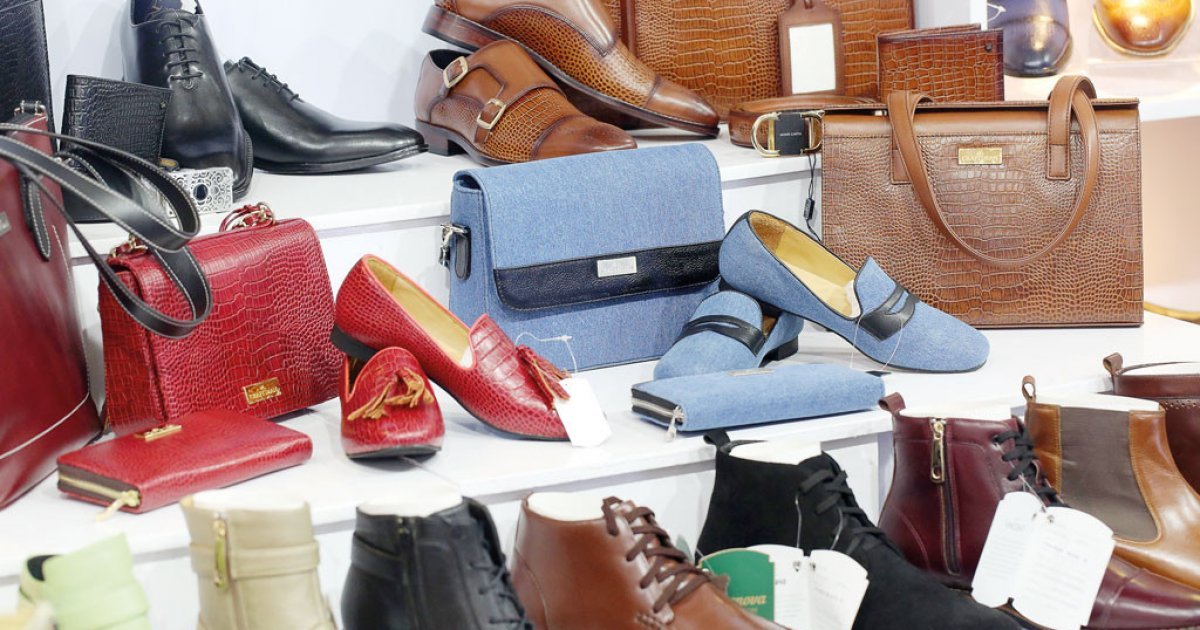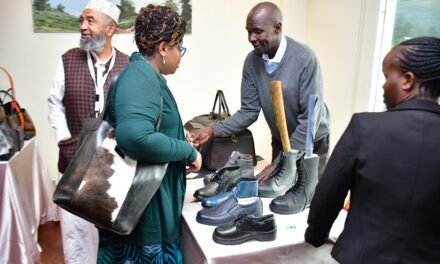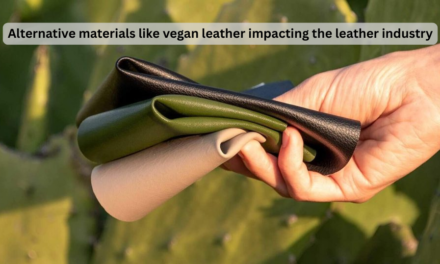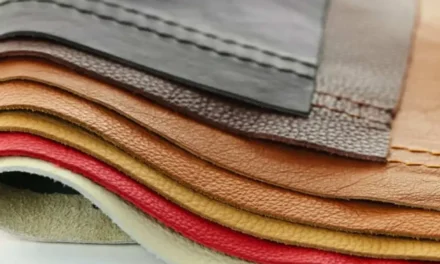Panapakkam’s leather exporters, like many others in the leather industry, face several challenges in international markets. These challenges range from market competition to regulatory hurdles, as well as supply chain and sustainability concerns. Here are some of the key challenges faced by leather exporters in Panapakkam:
1. Competition from Other Leather-Producing Countries
- Challenge:
- Panapakkam’s leather exporters face intense competition from other major leather-producing countries such as China, Italy, Brazil, and Pakistan.
- Impact:
- Price competition can be fierce, especially from low-cost countries, making it challenging for Panapakkam exporters to maintain price competitiveness while ensuring high-quality standards.
- Differentiating their products in the global market requires constant innovation in design, quality, and branding.
2. Quality Standards and Compliance
- Challenge:
- International markets, especially the European Union and the United States, have strict quality control standards for leather goods, including certifications and compliance with environmental and labor regulations.
- Impact:
- Exporters in Panapakkam must ensure that their leather products meet these standards, which may require investment in certifications such as ISO, Leather Working Group (LWG), and fair labor practices.
- Non-compliance could lead to rejection of products, delays in shipments, and damage to the brand reputation.
3. Rising Raw Material Costs
- Challenge:
- The price of raw leather materials fluctuates, influenced by factors like climate change (which affects livestock), supply chain disruptions, and rising transportation costs.
- Impact:
- Higher raw material costs lead to increased production expenses, which can affect profit margins and the ability to offer competitive pricing in international markets.
4. Sustainability and Environmental Regulations
- Challenge:
- Growing consumer demand for sustainable and ethically produced leather puts pressure on exporters to adopt eco-friendly practices.
- Impact:
- International markets, particularly in Europe, are pushing for greater transparency in the sourcing and processing of leather. Exporters are required to invest in sustainable leather production methods, like vegetable tanning or using biodegradable chemicals, which can be costly.
- Lack of proper waste management or non-compliance with environmental regulations can lead to restrictions, fines, or loss of business.
5. Customs and Trade Barriers
- Challenge:
- Navigating the complex web of tariffs, duties, and customs regulations in different countries can be time-consuming and costly for exporters.
- Impact:
- Delays in customs clearance, additional taxes, and non-tariff barriers (e.g., labeling or packaging requirements) can increase the cost and time involved in exporting leather goods.
- Trade policies, such as changes in tariffs due to political decisions (e.g., Brexit, U.S.-China trade tensions), can also impact pricing and profitability.
6. Logistics and Supply Chain Challenges
- Challenge:
- Global logistics challenges, such as delays in shipping, increasing freight costs, and customs bottlenecks, can create significant hurdles for leather exporters.
- Impact:
- Shipping delays and higher transportation costs directly affect delivery times, customer satisfaction, and overall profitability. This is particularly challenging for time-sensitive markets, such as fashion or seasonal items.
- Global supply chain disruptions, such as those caused by the COVID-19 pandemic, can also affect the consistency and reliability of supply.
7. Currency Fluctuations
- Challenge:
- Exporters in Panapakkam face the challenge of currency volatility when trading internationally. The value of the Indian Rupee (INR) against foreign currencies such as the USD or Euro can fluctuate, impacting the profitability of exports.
- Impact:
- A depreciating INR can make Indian leather goods more affordable in international markets, but it can also increase the cost of imported raw materials, leading to pricing challenges.
- Exporters need to manage exchange rate risks, often using hedging strategies, to avoid financial losses.
8. Technological Advancements and Innovation
- Challenge:
- The leather industry is constantly evolving with new technological advancements in tanning, manufacturing, and design, which exporters must keep up with.
- Impact:
- Exporters in Panapakkam may face challenges in adopting new technologies and maintaining a competitive edge in terms of product quality, design, and efficiency.
- The lack of investment in automation and digital tools for marketing or sales can lead to inefficiencies compared to competitors who are more technologically advanced.
9. Brand Recognition and Marketing
- Challenge:
- Exporters from Panapakkam, like those from other emerging markets, often struggle with brand recognition in international markets, where established brands dominate.
- Impact:
- Building a reputation and establishing trust in foreign markets requires significant marketing efforts, investment in branding, and participation in international trade fairs and exhibitions.
- Lack of global visibility can hinder long-term growth and reduce market share.
10. Labor and Skills Gap
- Challenge:
- The leather industry in India, including Panapakkam, may face challenges in training workers to meet international standards.
- Impact:
- Exporters must invest in worker training programs, as skilled labor is essential for producing high-quality leather goods. The shortage of skilled artisans or trained workers could affect production capacity and product quality.
11. Ethical Sourcing and Transparency
- Challenge:
- International buyers, particularly in Europe and North America, are increasingly demanding ethically sourced leather, which includes fair labor practices and responsible environmental management.
- Impact:
- Exporters must ensure transparency in their sourcing and production practices. Failure to meet ethical standards can result in lost business and damage to the brand reputation.
Conclusion
Panapakkam’s leather exporters face a range of challenges in international markets, from competition and rising raw material costs to navigating sustainability concerns and complying with stringent quality standards. To overcome these hurdles, exporters must invest in technology, skilled labor, and sustainable practices while maintaining competitive pricing and adapting to global market demands. By addressing these challenges, Panapakkam can strengthen its position as a key player in the global leather industry.
Hashtags
#PanapakkamLeatherExports #InternationalMarketChallenges #GlobalTradeBarriers #LeatherIndustryHurdles #ExportComplianceIssues #MarketAccessDifficulties #TradePolicyImpacts #SupplyChainDisruptions #CompetitivePressures #EconomicFluctuations







